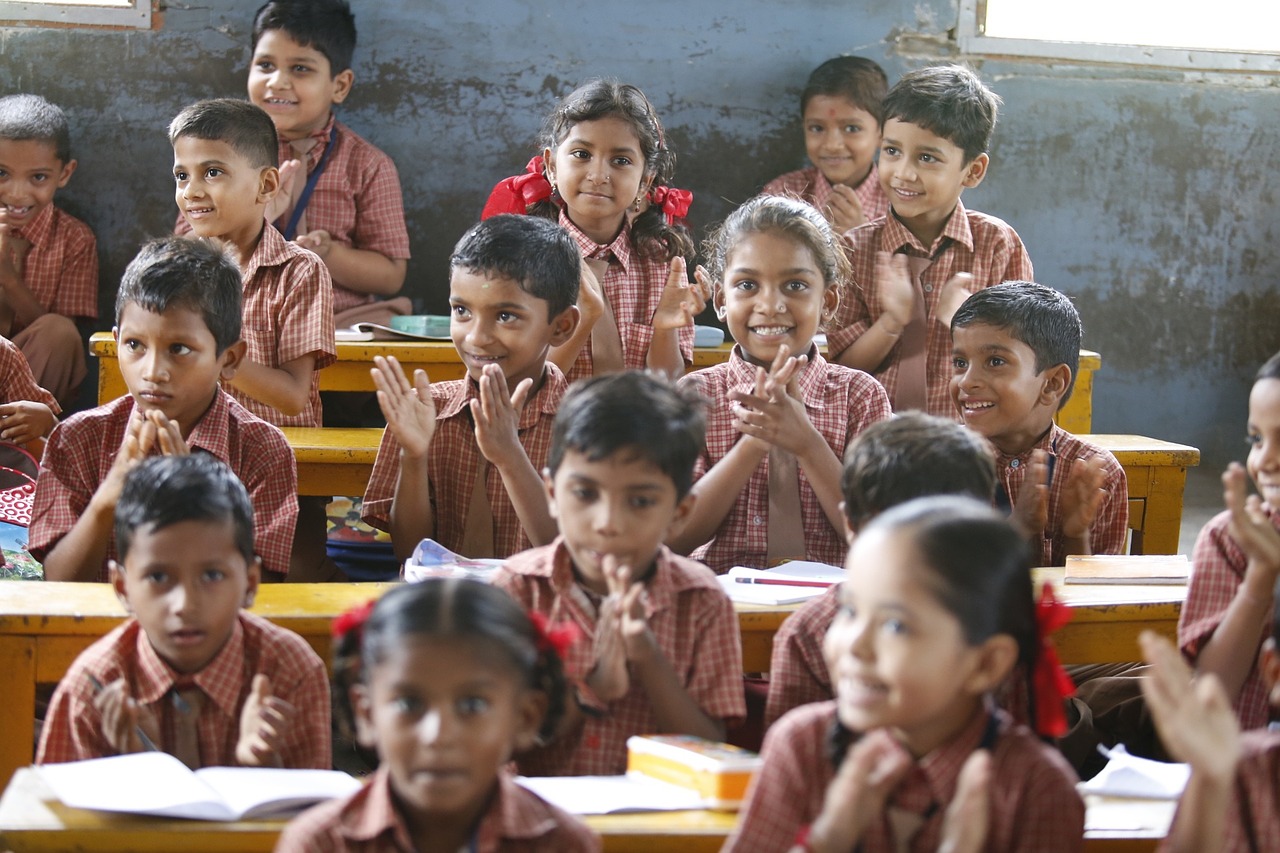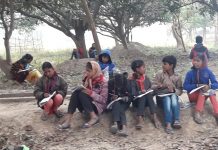The state of early education in rural areas was the focus of ASER 2019. The target age group was 4 to 8.The early years ASER 2019 collected data on pre-schooling and schooling status of children in the age group 4 to 8. In addition, it explored four competencies: cognitive abilities, early language acquisition, early numeracy skills, social and emotional learning. It was a sample-based household survey. Local volunteers administered it through standardized and uniform tools and methods. The attempt was to cover one district per state. 26 districts were surveyed across 24 states.The larger aim was to emphasize the abilities that need to be cultivated in young children and what kind of interventions which would be required for the same.
Findings
The organisation categorizes abilities on the basis of various learning levels. The findings on age-appropriate skills were not encouraging. Barely 37.4% children below the age of six could identify letters, while only a quarter could perform basic addition. Less than 35% children in class II can read a text meant for their juniors one level below. Only half the students in class III could read a text meant for two levels lower.
The influence of cultural capital
The survey also saw a correlation between higher education levels of mothers and the learning outcomes of children. Skills of those children whose mothers have studied till class XI or above were higher as compared to those children whose mothers were not literate. The educated mothers can pay more attention towards their children’s academics, which has a positive impact on the latter. On the contrary, mothers who have to work on the field all day and are not educated themselves cannot pay much attention to their children’s daily studies.
Gender bias is apparent in terms of enrolment. It was also observed that more boys are enrolled in private institutions, while the enrolment of girls is higher in government institutions. The gender gap in enrolment is evident as in the age groups 4 to 5 as well as 6 to 8. In the former category, 56.8% girls as compared to 50.4% boys were enrolled in government schools/pre-schools. The gap was wider at about 9% in the latter category.
The overall enrolment in the age group 4 to 8 was over 90% and increases with age.
Government v/s private institutions
It was observed that five-year-olds from private schools performed better than their government school or anganwadi counterparts. This raises serious questions about the quality of teaching in the latter. In government schools, more than 25% children in class I were four or five years old, less than the prescribed age of six. Being younger, they are at a learning disadvantage and struggle more than their peers.
Conclusion
The quality of education received in the early years depends on numerous factors such as the child’s family background, type of school (government or private), and the age of the child in class I.
Most of brain growth takes place by the age of five. Thus, the quality of early childhood education is strongly related with long-term development of the child. The data indicate that early reading and arithmetic skills have a strong impact on how children perform on tasks requiring cognitive skills. The report emphasized the role of play-based learning in strengthening memory, reasoning and problem-solving skills.
The draft National Education Policy (NEP) released in June 2019 mentioned that close to five crore children in primary school lacked foundational reading and arithmetic skills. There is a strong need to redraft the school curriculum such that it brings all peers at par. The classroom must be an equalizing rather than a hierarchizing space. There must be a special emphasis on the learning outcomes of poor children, who are disadvantaged not only in terms of cultural capital but also of food and nutrition.
There must be a complete overhaul of the curriculum as well as pedagogy for improving these disappointing development indicators. Children are the future of the country; reinventing their education today will help us create better citizens of tomorrow.














